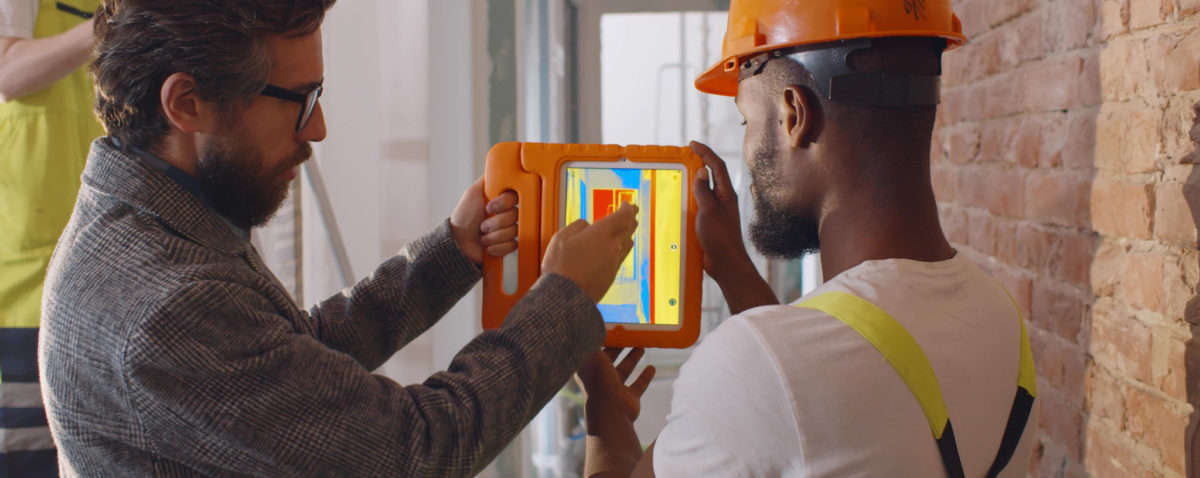Many believe the construction industry has been slow to adapt to technology. While traditional building methods have gotten us to where we are today, modern advancements will take us into the future. Technological advances in equipment and software will contribute to the success of any building project by streamlining time-consuming processes, elevating safety, providing consistent information, and reducing costs.
Thermal imaging is one tool that could appear to have minimal significance in the grand scheme of the construction process but is a perfect example of how a simple adaptation can have a big impact. Cameras that can see behind walls are nothing new, they've been around since the 1970s. However, new technology has greatly improved the images and equipment has become more available. For example, smartphone apps now allow for improved information sharing.
Streamlining a Time-Consuming Process
Proper planning of a construction project is a necessary first step that takes a considerable amount of time. This stage can take even longer for a renovation of an existing building than a project beginning from the ground up because of the need to assess the existing structure. Thermal imaging is still one of the best methods for detecting energy loss, moisture intrusion, delamination of building materials, electrical failures, and inspecting heating and cooling systems and pipes. Being able to see these structures within the walls, ceiling, and floor without disruptive demolition can help in reducing the assessment time. Informed decisions can be made about the direction of the project with a faster turnaround while allowing the existing tenants to conduct business as usual.
Ensuring Consistent Information
Any construction project has multiple stakeholders; project managers, technicians, contractors, clients, and others who need to weigh in on decisions from concept through execution. New advancements being used with thermal imaging equipment, such as instant uploads and cloud storage, allow for faster and more congruent communication among those who cannot be on-site. Information being synced across many devices ensures the most updated information is being used, from mobile tech in the field to multiple office PCs. All parties involved in the project can have access to needed files, avoiding errors and cutting down on the time it takes to prepare and distribute reports. Ensuring everyone is on the same page improves the entire process.
Enhancing Safety for Technicians
The safety of workers on the job site is always a top priority. Thermal imaging equipment partnered with robotic or drone technology can enhance safety measures for technicians by providing greater access to areas that are high up, difficult to reach, or dangerous to navigate. A robot fitted with a thermal camera can maneuver into smaller spaces than a human. Similarly, flying a drone with this equipment over a rooftop can be a faster and safer option than an in-person inspection. Technology-assisted inspections can occur regardless of unfavorable weather or challenging site conditions and reduce or eliminate the risk of personal injury.
The Cost Factor
There is a well-known saying, "time is money." Being prudent about time often results in cost savings for a construction project. Implementing technology and apps that easily integrate into the systems already in place reduces time wasted on inefficient processes, inconsistent or unclear communication, and lost time for injury recovery, to name a few. All of this, in turn, impacts the bottom line of any project.
If a tool that might be considered minimally significant, such as a technologically updated thermal imaging system, can positively impact so many facets of a construction project, the industry could reach even greater success by adapting more quickly to advances in technology and software.
